What makes a 'good room'? NHL players talk team chemistry
It's around 11 a.m. in early March, moments after a morning skate, when Buffalo Sabres defenseman Mattias Samuelsson starts scanning the home team's dressing room inside KeyBank Center. He cranes his neck to see past the reporter blocking his view of the semi-circle wall where the forwards sit.
He's compiling a list of the squad's biggest "hockey nerds."
"Mittsy, Coz, Skinny, Quinner, OP - oh man, there's a bunch of them. Joster, for sure. Okie is when he has some free time with the family," Samuelsson says, smile widening. "Sometimes he's just busy. But on the road, man, Okie's always watching hockey and always has something to say about it."

Mittsy is Casey Mittelstadt. Skinny is Jeff Skinner. Coz is Dylan Cozens. Quinner is Jack Quinn. OP is Owen Power. Joster is Tyson Jost. Okie is Kyle Okposo. All of them "know every detail about everything" to do with hockey and the NHL, Samuelsson explains. "All the stats, stick curves, tape jobs … "
Samuelsson, 23, signed a seven-year contract extension on the eve of the season. He committed to the Sabres through 2029-30 partly because he feels strongly about the core's abilities on the ice and its makeup off it.
"Nobody's ego is too sensitive. Everybody kind of gives it to everybody," Samuelsson says. Yes, that includes 41-year-old goalie Craig Anderson, respected captain Okposo, and star forward Tage Thompson. "I can chirp him just as much as I chirp anybody else," Samuelsson says of "Thommer."
"You can also tell someone to get their head out of their ass, and they're not going to get mad at you for it," the blue-liner adds. "They know you're just looking out for them, and you're trying to do what's best for the team."
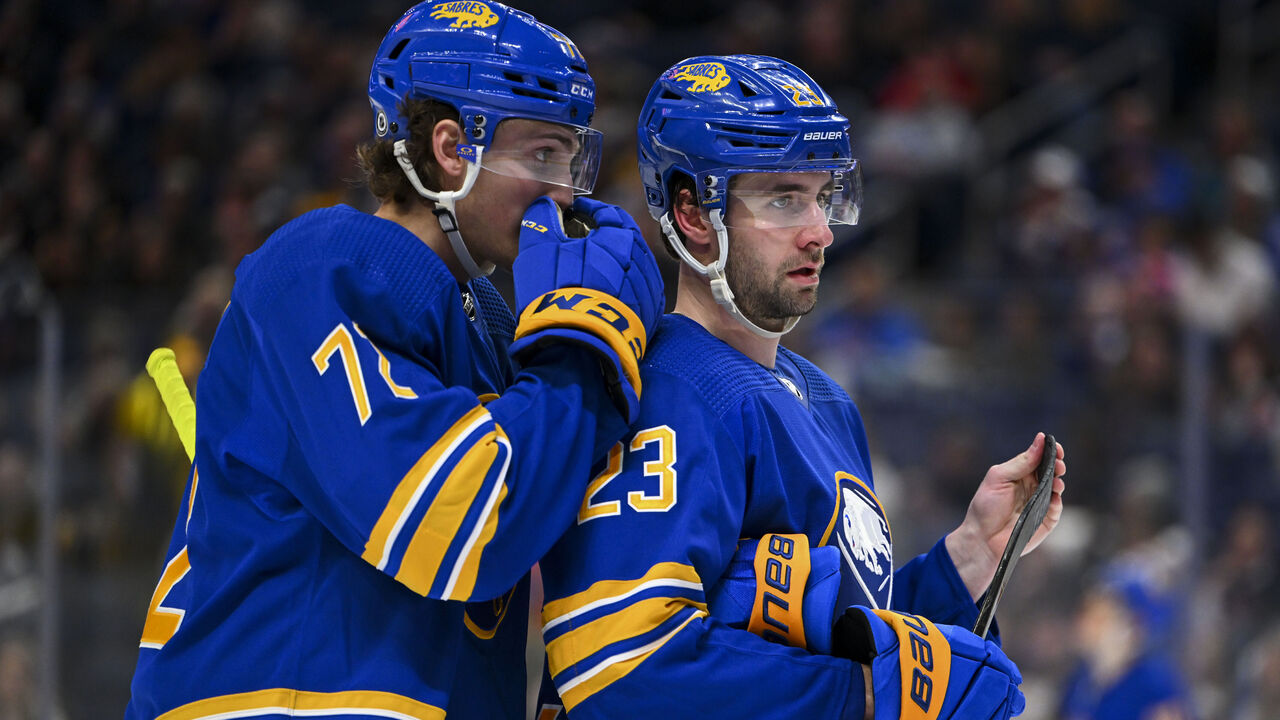
This open environment is shaped by time spent away from the rink - team dinners, golf outings, Xbox battles, NFL and UFC watch parties, shopping trips, and card games - plus the fact the Sabres' roster is the youngest in the league. "Sometimes," Samuelsson says, "it honestly feels like a college team."
That's what a "good room" looks and feels like for the Sabres. What about elsewhere? What are the pillars of a "good room" in cities across the NHL?
'Honest but not too harsh'
Colorado Avalanche head coach Jared Bednar has described Nathan MacKinnon's leadership style as "feisty." To maintain the Avs' high standard, the 100-point center has been known to be abrasive on occasion.
MacKinnon isn't a tyrant, though. His ears perk up when others take charge.
"We encourage guys to speak before games and voice to the group what they really think, regardless of how long they've been in the NHL," MacKinnon tells theScore. "That's really big as far as establishing and keeping a good room. It's simple in a way: Just be good to each other. Be honest but not too harsh."

Case in point: Perhaps Cale Makar, a force of nature on the ice but relatively shy off it, wouldn't speak up as much as he does had he not been encouraged to do so by MacKinnon or team captain Gabriel Landeskog.
"He's the best defenseman in the world, so he should be able to express his opinion," MacKinnon says. "This year, he's honestly been great in that department. It's been a tougher year for us with so many injuries, right, but he's been there to take the edge off that by being a little bit more vocal."
Alex Kerfoot subscribes to the same school of thought. The Toronto Maple Leafs forward thinks it's important for a room to be filled with unique individuals, 23 guys of varying nationalities, birth years, and career journeys.
"If your ultimate goal is to win the Stanley Cup, you want to have different opinions in the room," says Kerfoot, traded from Colorado to Toronto in 2019. "You want to have different experiences in the mix, people who have been through different scenarios. That is probably more valuable than having a bunch of guys who have been in similar circumstances."
The out-for-dinner test
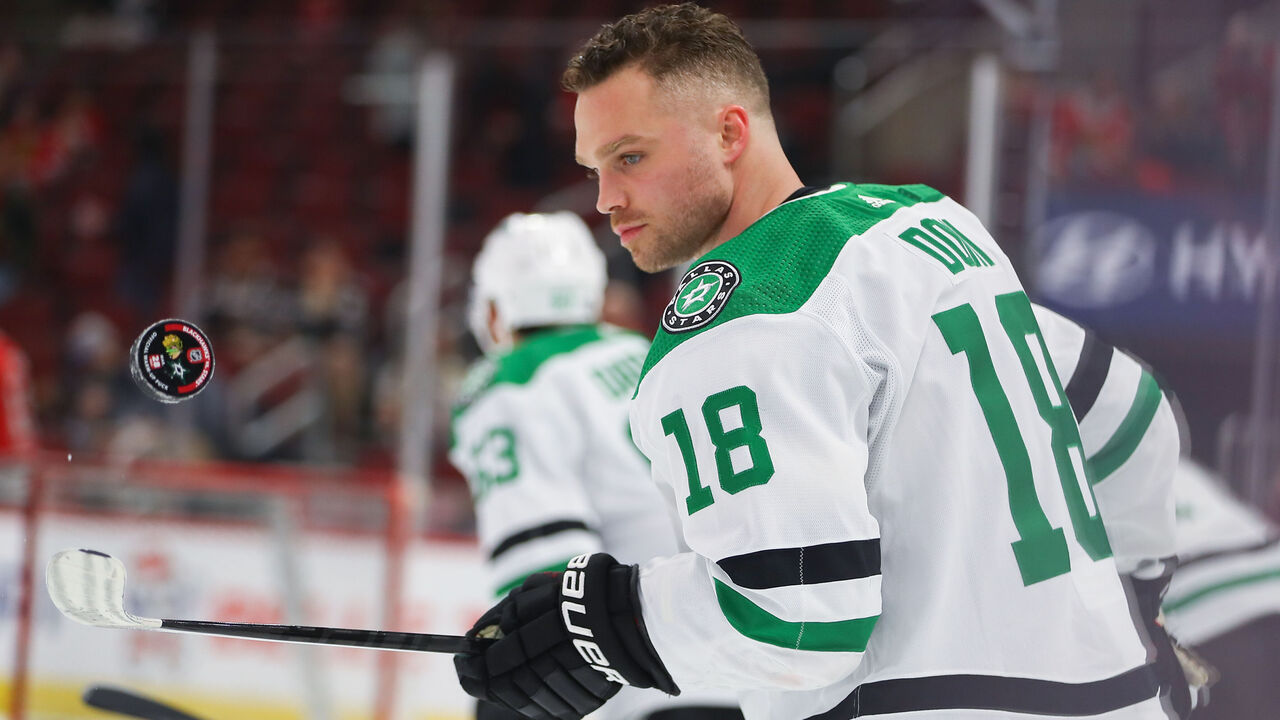
It's fair to suggest Max Domi should be an expert in the study of hockey player dynamics. The Dallas Stars forward and son of longtime enforcer Tie Domi currently finds himself on his sixth NHL team in only eight pro seasons.
Insight No. 1 from Domi: He swears he's never been in a bad room, a toxic room, or one that's overly cliquey. "All of a sudden, you get a new guy coming in, and it's like butter," he says of the prevailing vibe. "He just fits right in."
(Side note: Domi's perspective isn't unique. All 16 of the players interviewed for this story were adamant they'd spent little to no time in a so-called bad room. If they have, they may prefer to forget those experiences or don't feel comfortable talking about them now.)
Insight No. 2: It helps to mingle. "We're all in the NHL for a reason. That's the easy part," Domi says. "But getting to know guys is key. Where are you from? Where did you play junior? What's your career been like? You get to know guys pretty quickly - it's not hard - and then it translates onto the ice."
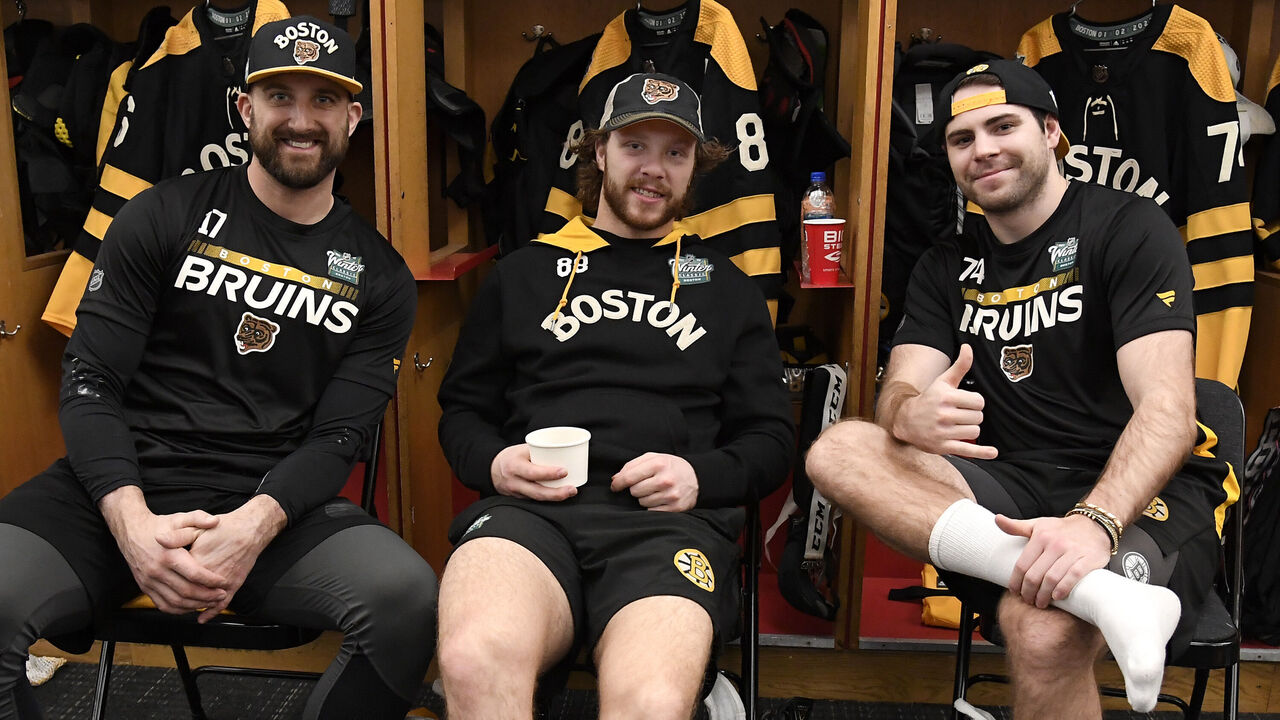
Insight No. 3: There's a foolproof way to test the cohesiveness of a group, no matter the win-loss record. "If you can go out to dinner with anyone on the team, on any given night, you know you're in a good locker room," Domi says.
Carolina Hurricanes defenseman Calvin de Haan makes the point that "guys lead in different ways." Sure, fans and media know about the role of the rah-rah and lead-by-example types. But the other characters - the designated DJ, the collector of fines, the party planner - often lead too, just in covert ways.
Regardless of the talent level, de Haan says, hockey is a team-first sport.
"I go out and play with my friends in the summer, and no offense to them, but I'm better than all of them," de Haan says. "But we don't necessarily win every time, even though I play in the NHL. The teams who win have guys who use each other well and play like a team. That's a part of leadership, too."
Leaders lead (and read)
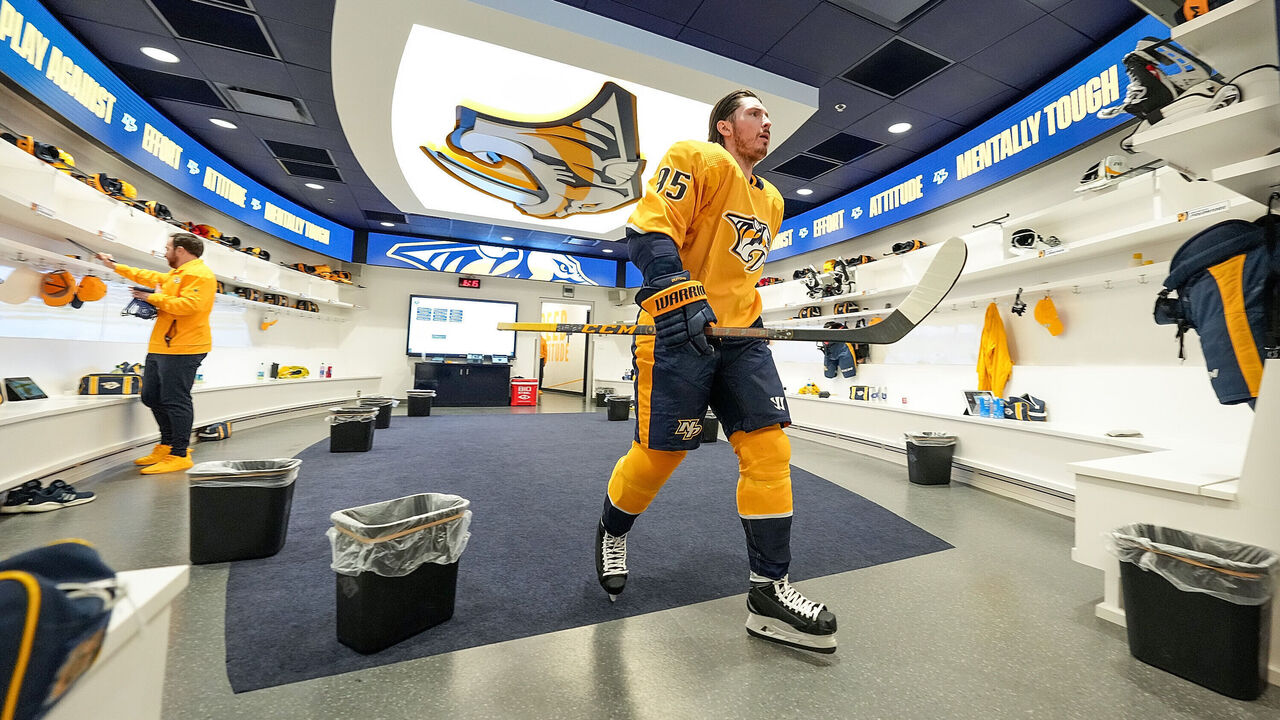
Mark Giordano's bona fides include captaining the Calgary Flames and Seattle Kraken and being the oldest skater in the NHL this season. He believes reading the room is a leader's most important job within the team setting.
Some teammates "need to get slapped," the Maple Leafs defenseman says, while others "need to get patted on the back and encouraged." Some are wired to beat themselves up too much; others are not self-reflective at all. And a bunch of guys fall between the two extremes.
"It's important to approach guys on a personal level and say, 'Hey man, I think you need to do this,'" Giordano explains. "That's for myself too. I like when guys come up and say, 'Hey, this is what I see about your game lately.' Sometimes you're caught off guard, and it gives you a different perspective."
"The biggest tell," the 39-year-old adds, "is when a group gets quiet. You know you're not in a good spot. But, when guys are chirping a lot, having fun but in a serious manner, I think that's when you know a team is rolling."
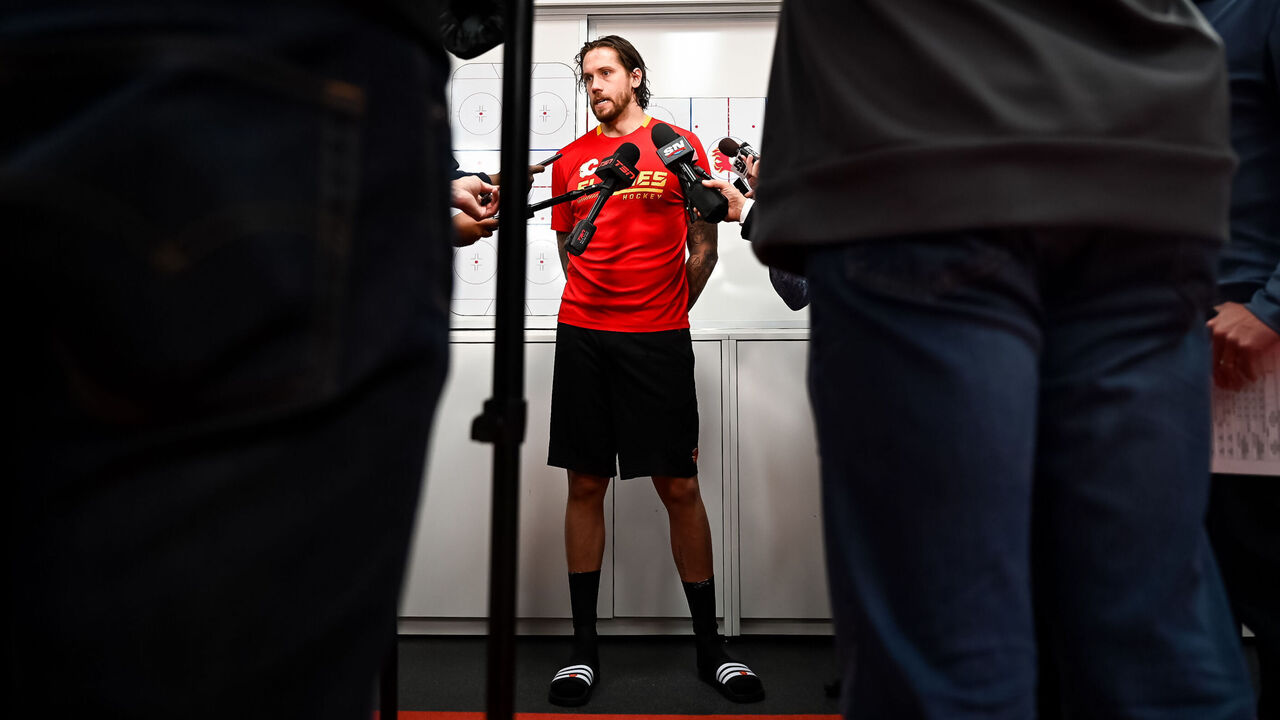
Alex Galchenyuk has bounced around the league enough to spend time in every kind of hockey market: big (Montreal, Toronto), mid-size (Pittsburgh, Minnesota, Colorado, Ottawa), and small (Arizona). The 2012 third overall pick finds standards are set by the captain and head coach, moods tend to rise and fall with wins and losses, and the "block out the noise" discussion can be useful.
Fan and media attention is so cranked up in Canadian markets - "more of a TMZ style," he puts it with a grin - that leaders need to do their best to downplay the hysterics.
"Especially the world we live in now, you try and not focus on social media and things like that. But everywhere you go, it's hockey, hockey, hockey," Galchenyuk says. "So it's, 'Hey, let's keep what we've got going on in the room and block out the noise.' That's definitely a thing in the huge markets."
Short and long memory
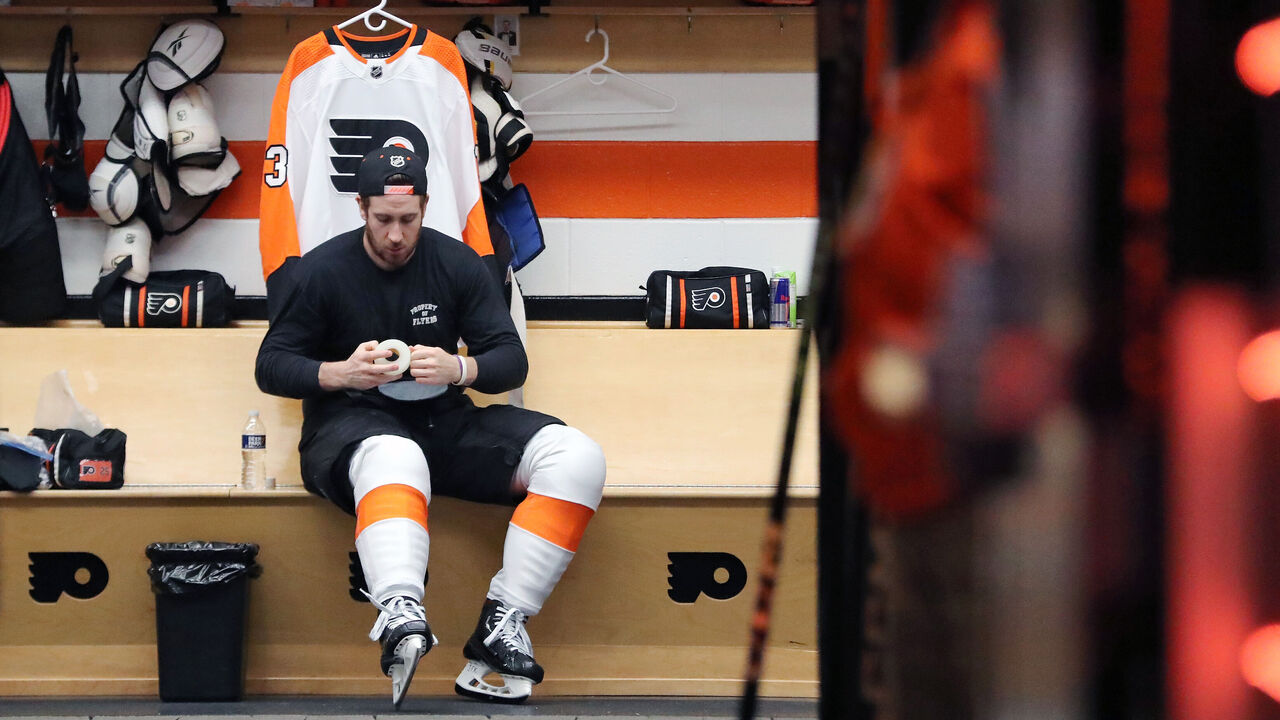
Through his various stops, Alex Chiasson has shared a room with five recent greats - Jaromir Jagr in Dallas, Erik Karlsson in Ottawa, Alex Ovechkin in Washington, and Connor McDavid and Leon Draisaitl in Edmonton.
"They're just like me. They love the game, they want to work, they want to compete. When you really go to the basics of it, their skills are slightly higher - OK, probably a little bit more than slightly higher - but that's the only real difference," says Chiasson, who's competed in 646 NHL games for seven teams, including 15 contests this year as a member of the Detroit Red Wings.
Chiasson's 32, so he's at the age where he'll run into retired teammates and reminisce. The winger snapped his fingers three times to illustrate how quickly he and former Star Ray Whitney recently rekindled their bond.
Victor Hedman is also 32. The Norris Trophy-winning defenseman practically grew up in the Lightning room, arriving in Tampa at 18, just two weeks after getting his driver's license. He's now a father of two with a pair of Cup rings.
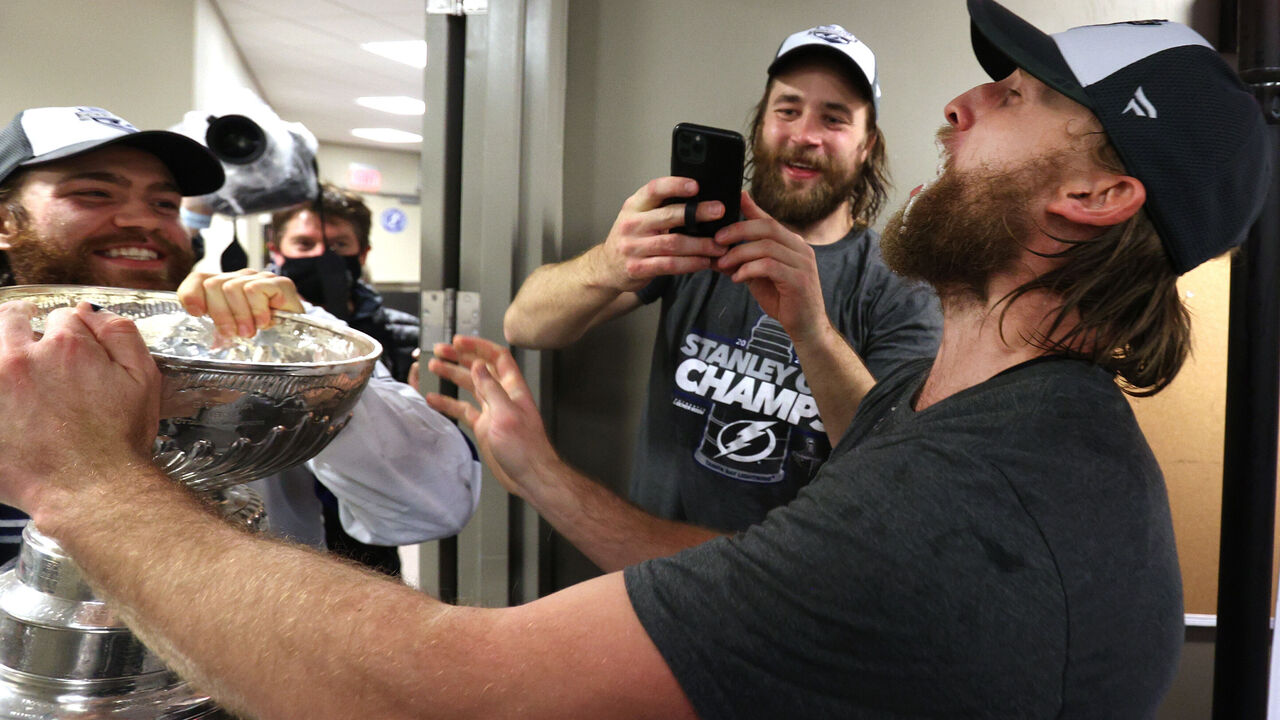
Over the years, Hedman has learned to separate hockey from the rest of his life. If he's having a bad day at home or the rink, he can park the negativity.
"You can have stuff going on in your life, but when you get into the locker room, it's like a different world," he says with a sense of wonder. "Everything else, yeah, you put that aside for those few hours. You go in there and be with the boys. It's a great feeling and probably the thing I'm going to miss the most about hockey: the camaraderie that you have every day."
Hedman, who isn't retiring anytime soon, says contributing to a good room is all about having both a short memory - you can't hold grudges against a teammate for making a few mistakes on the ice - and also a long one.
You want to remember the pranks, the mindless banter, the intermission speeches, the player-of-the-game presentations. The blood, sweat, and tears.
"That brotherhood," Hedman says, "you can't get it anywhere else."
John Matisz is theScore's senior NHL writer. Follow John on Twitter (@MatiszJohn) or contact him via email ([email protected]).